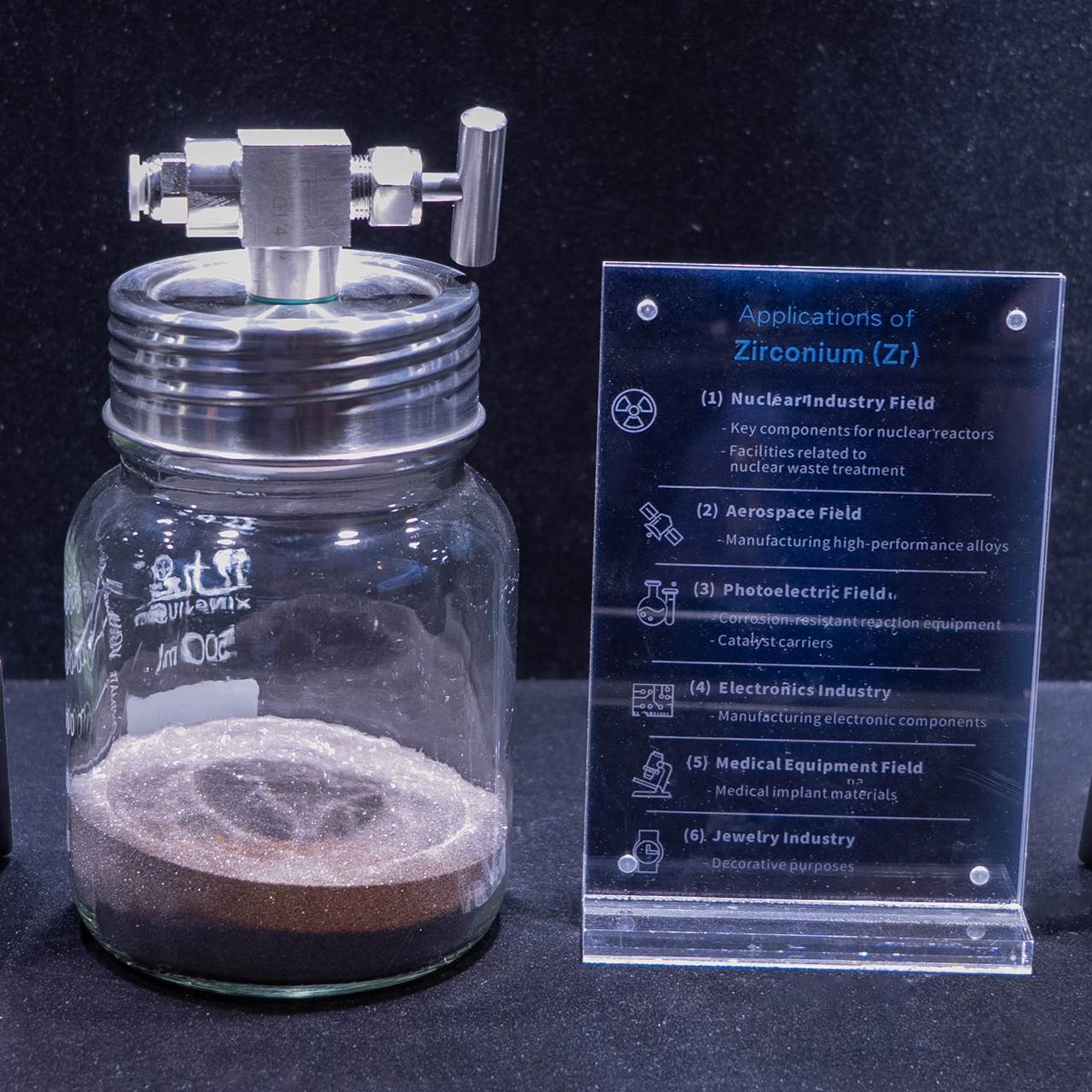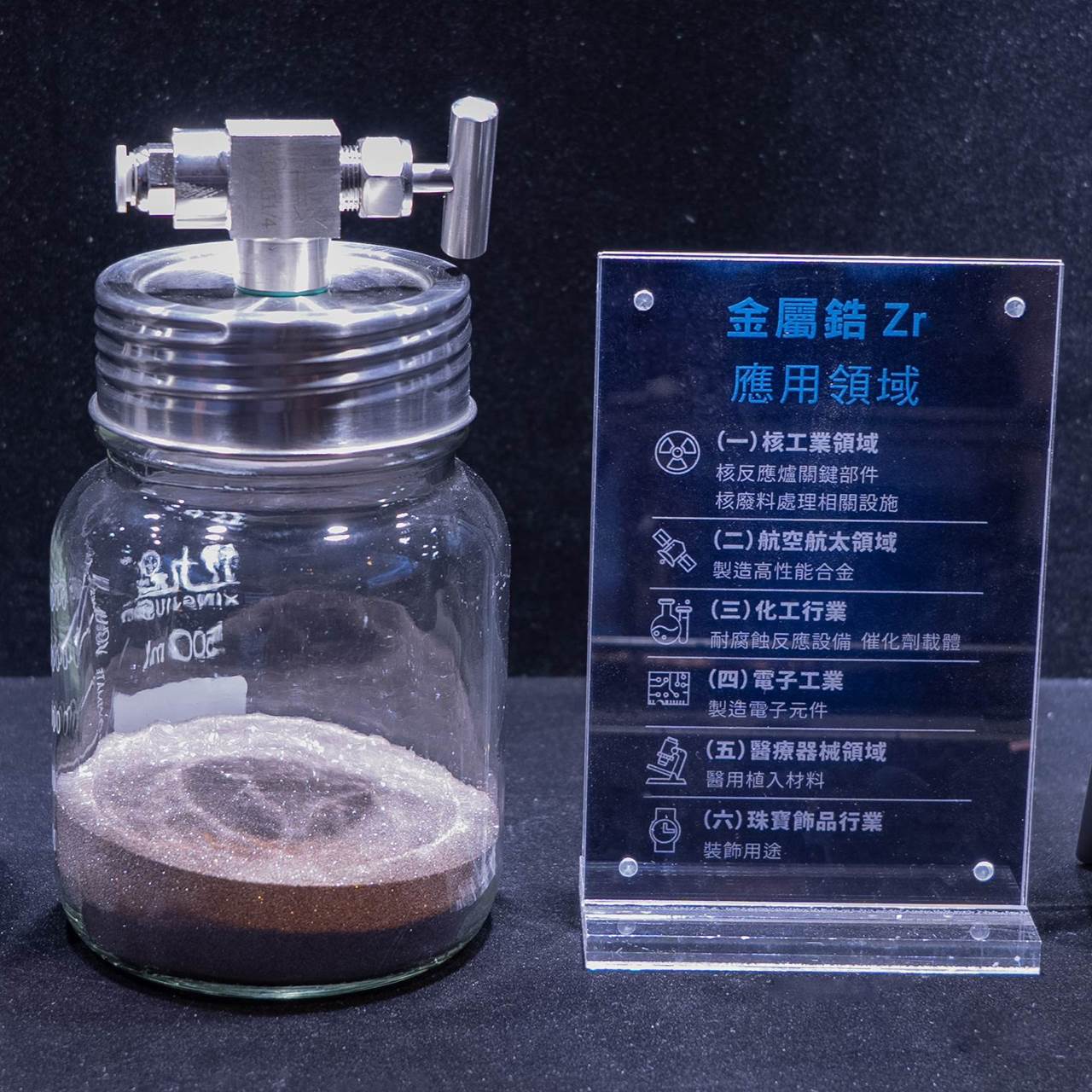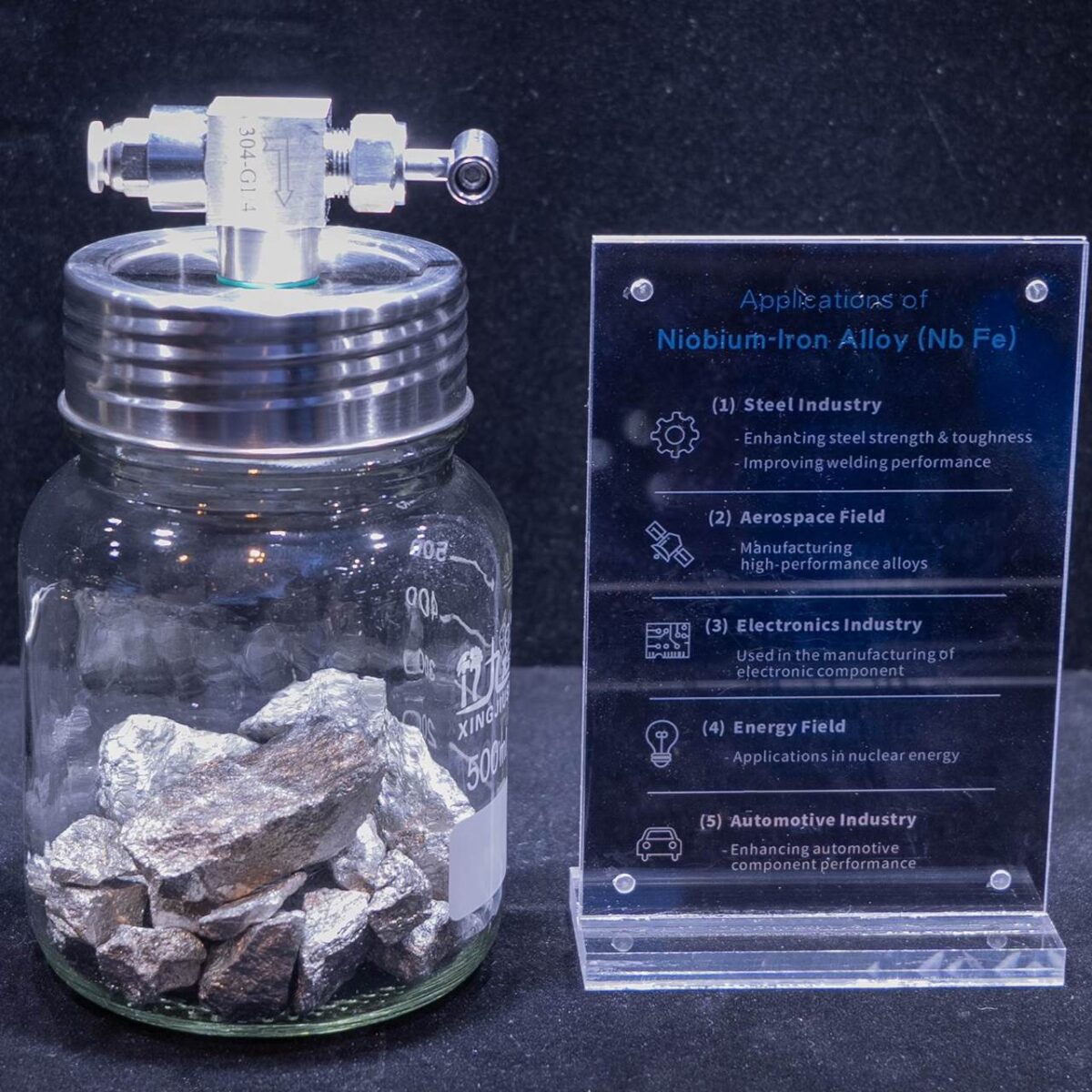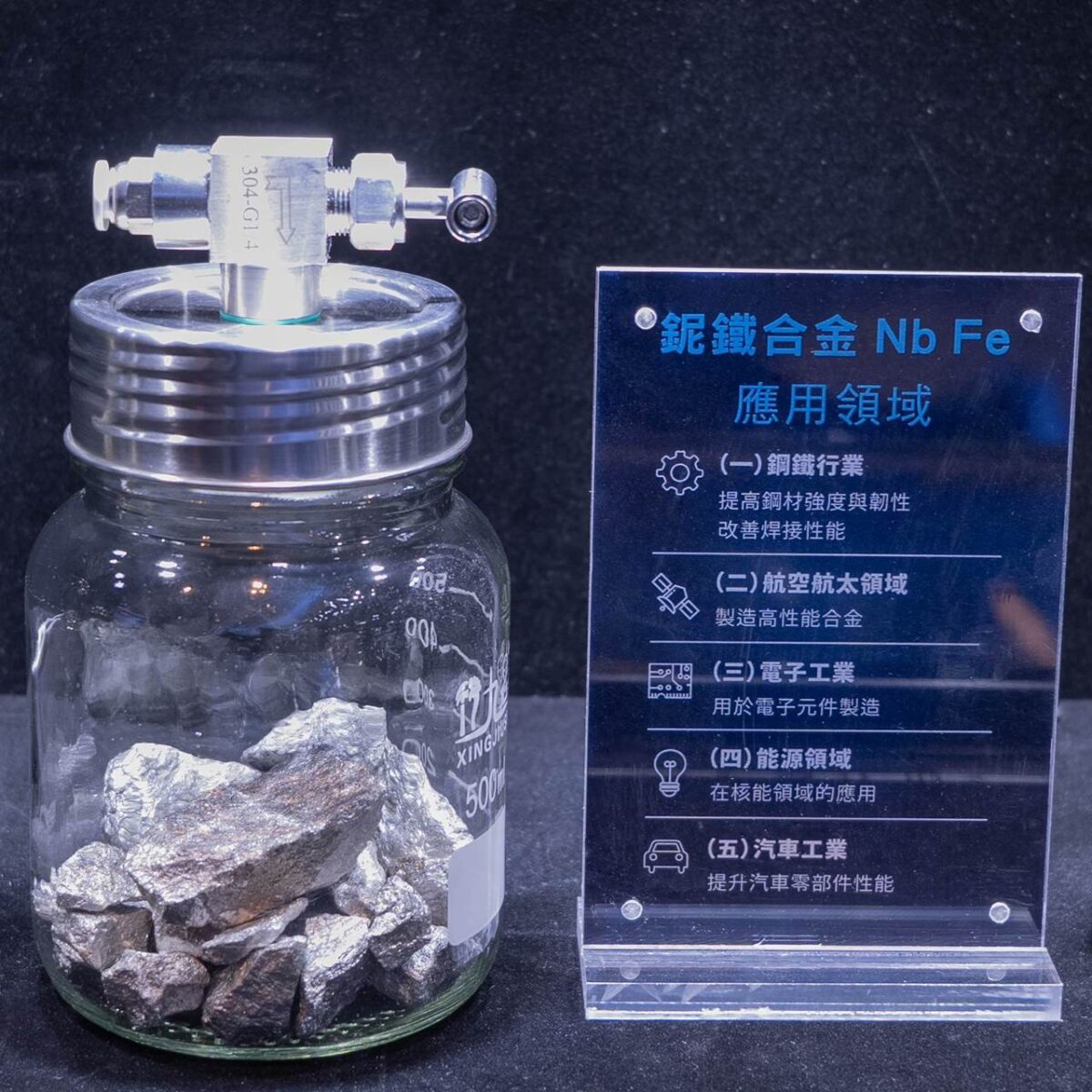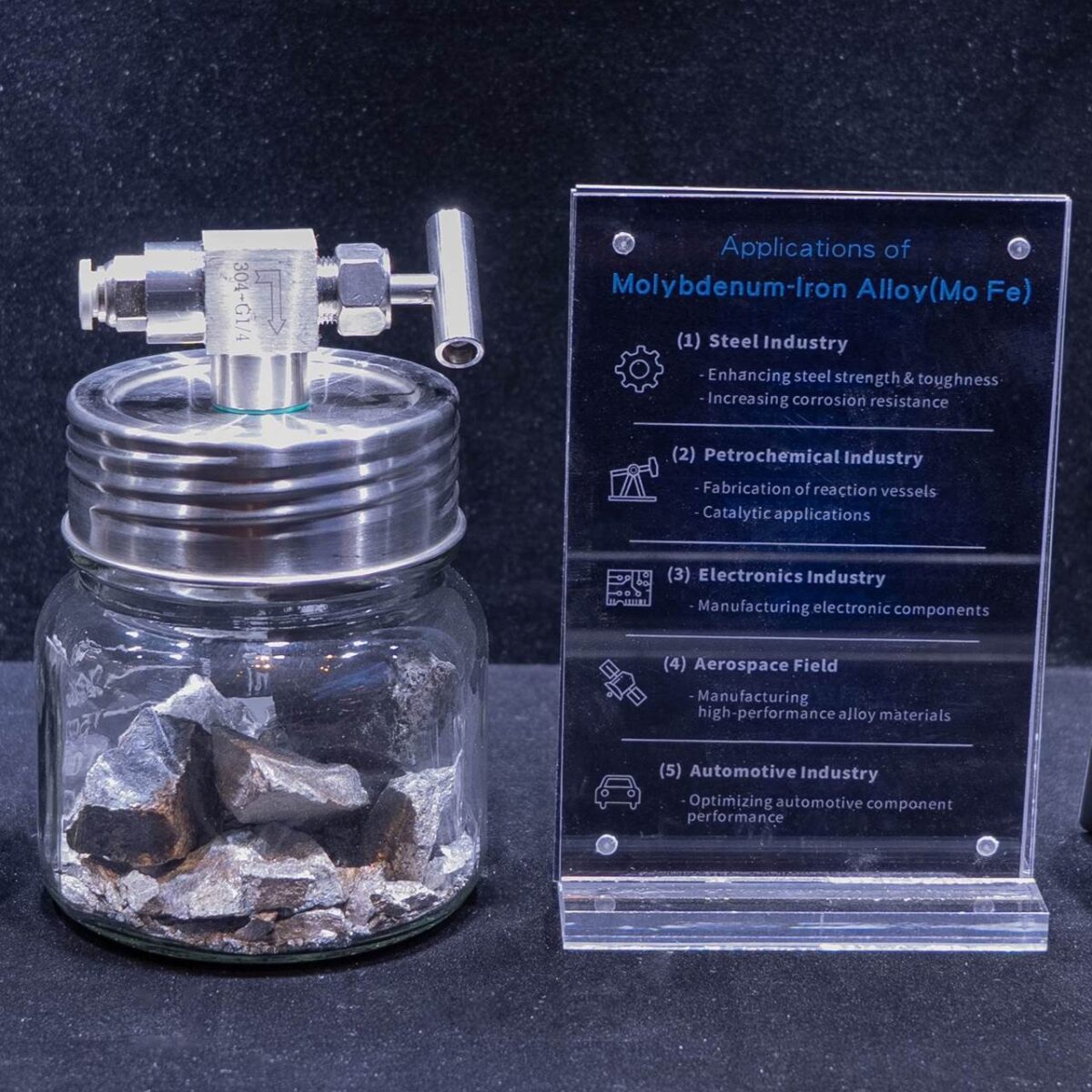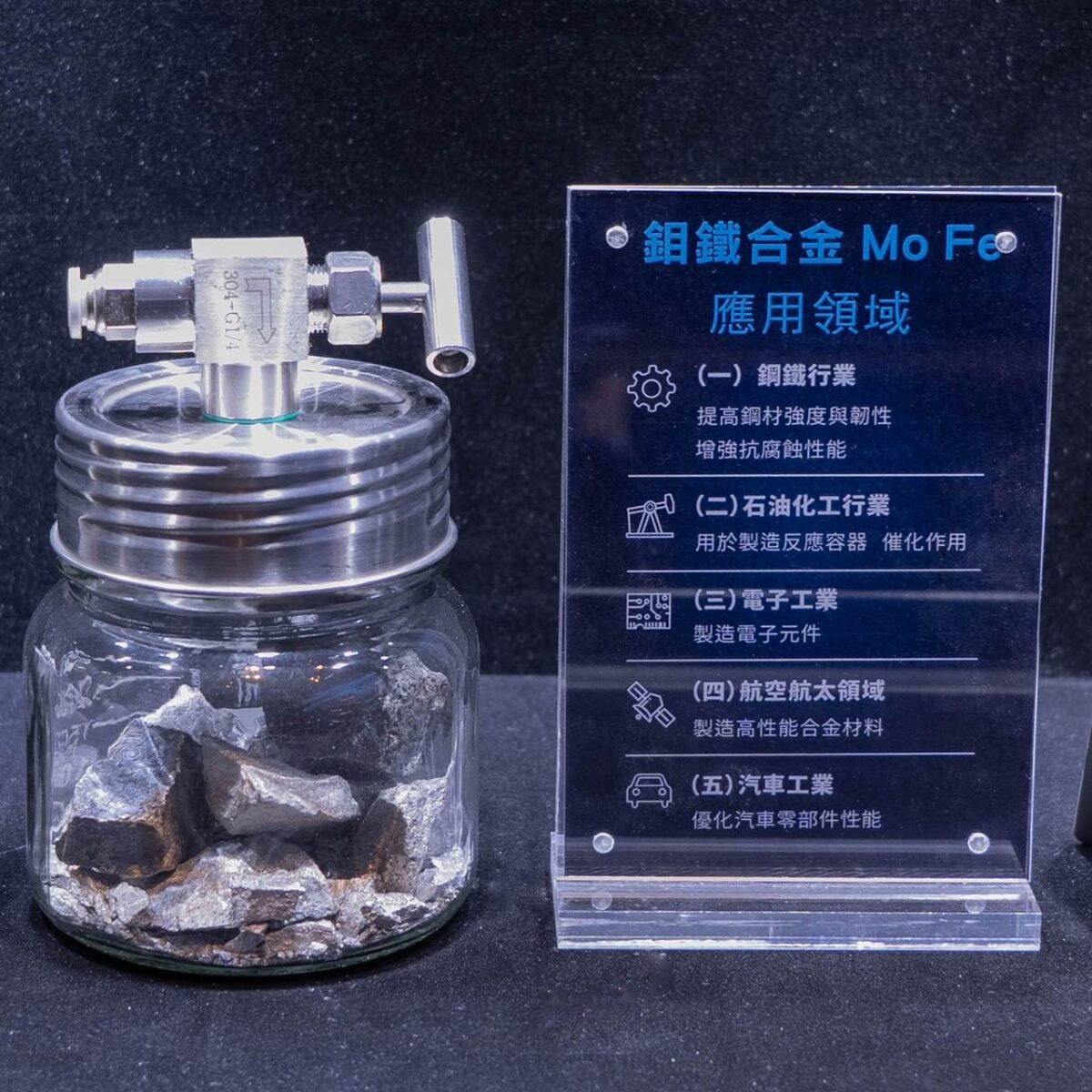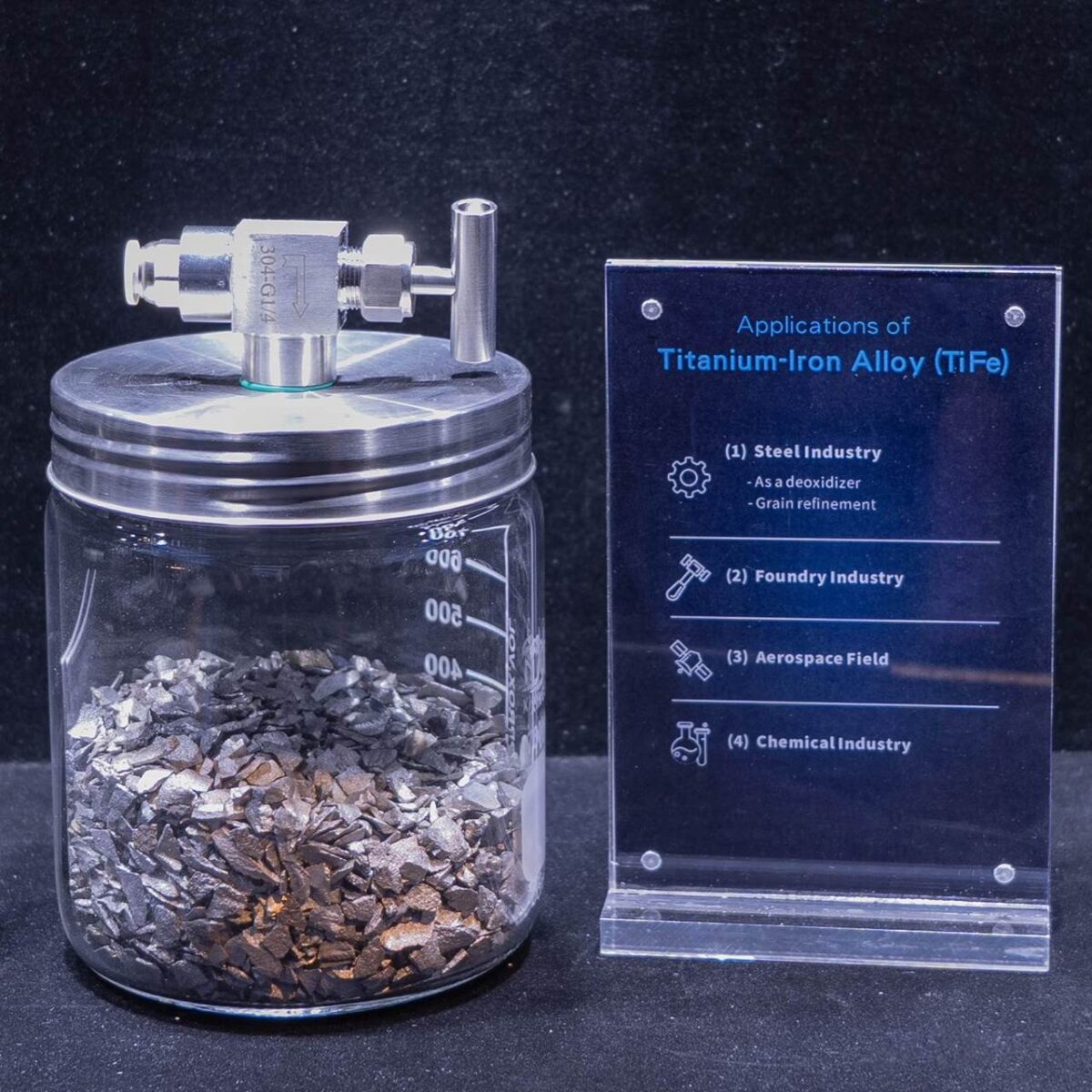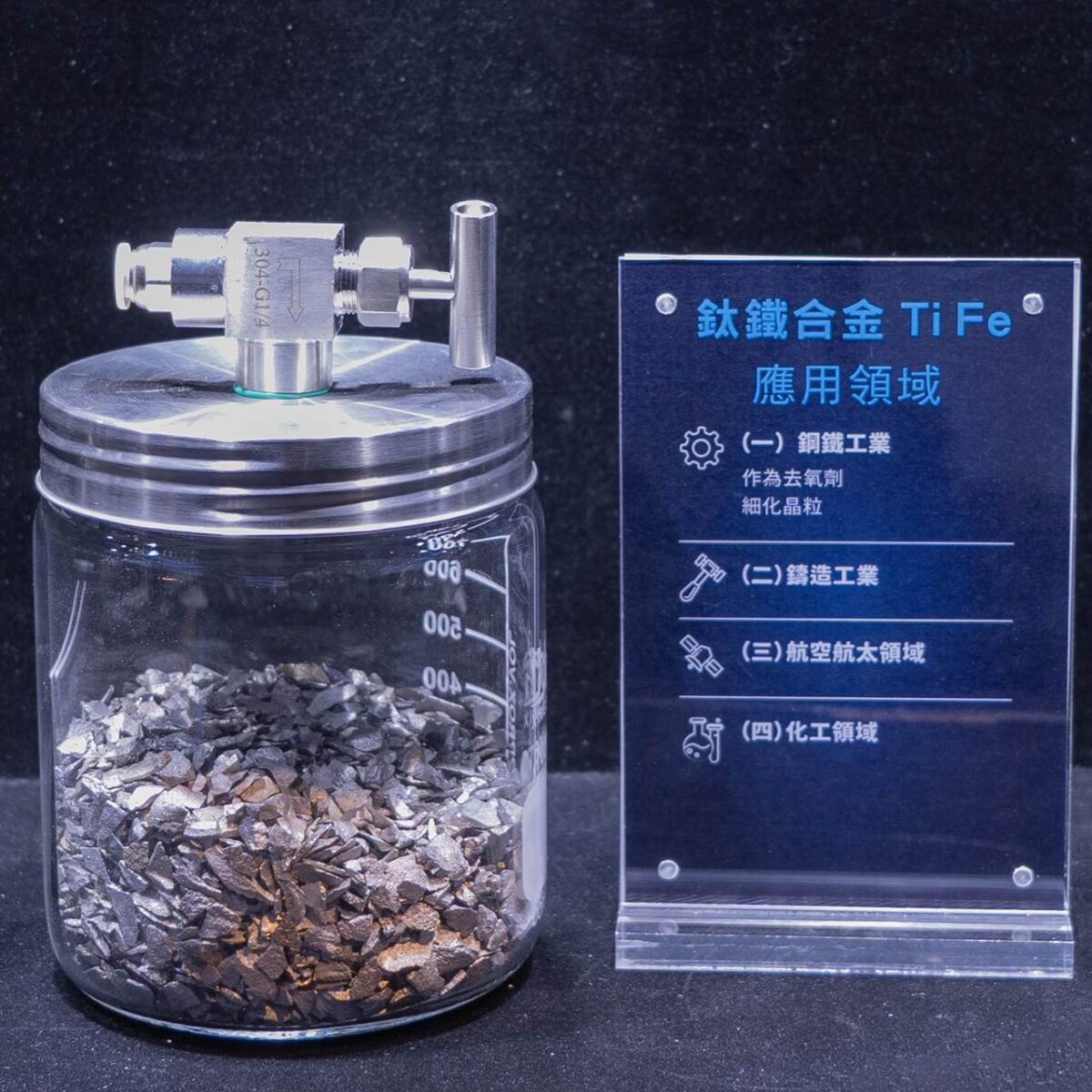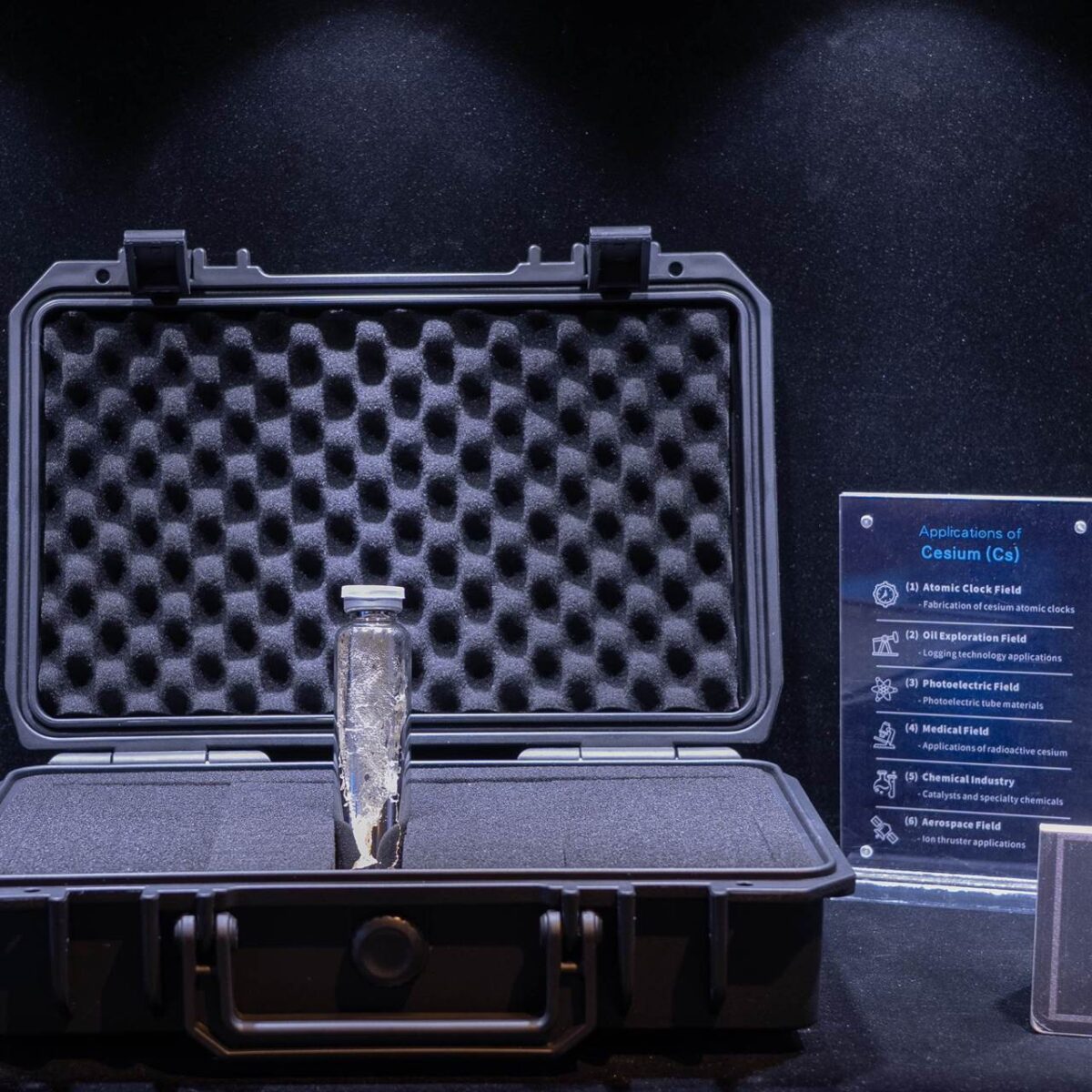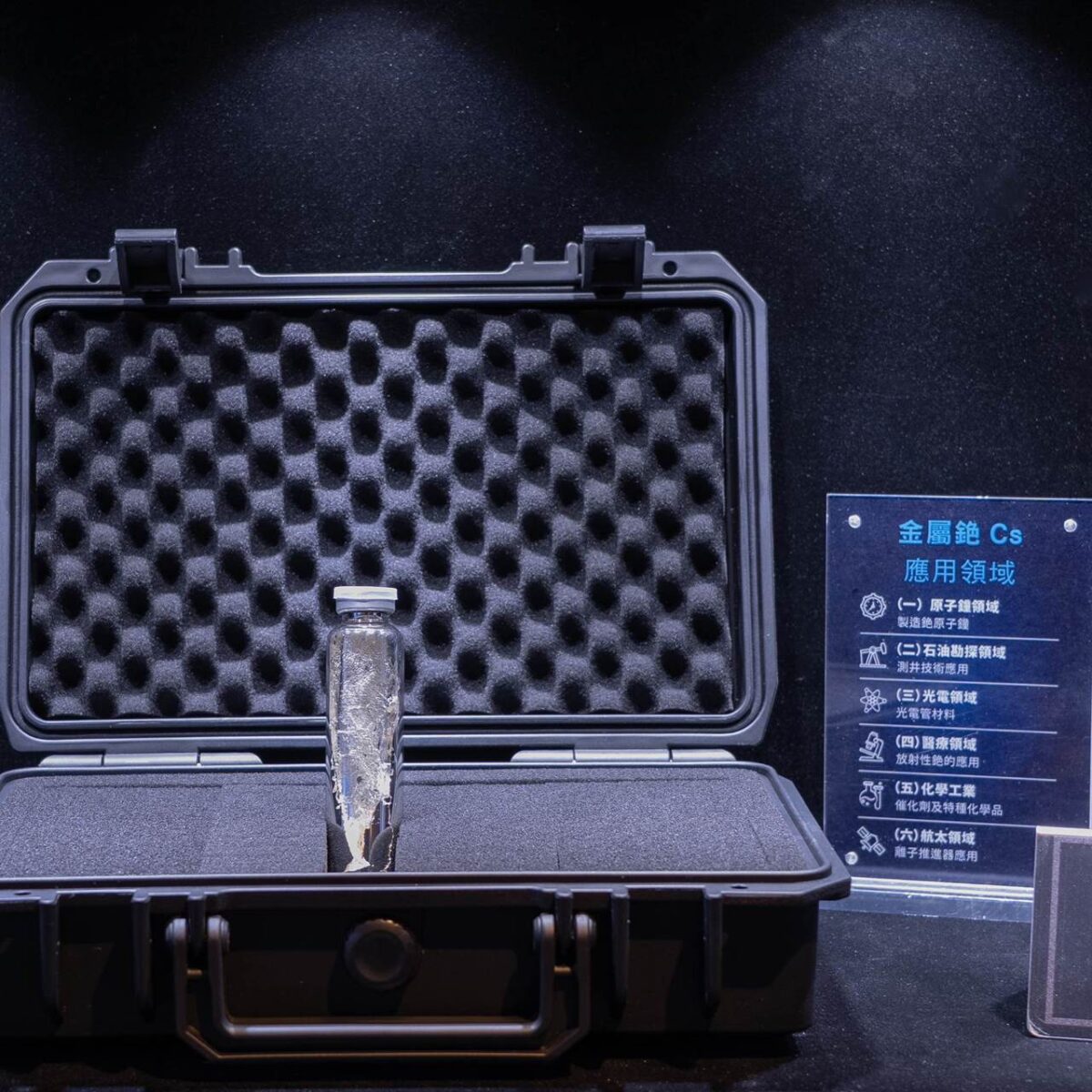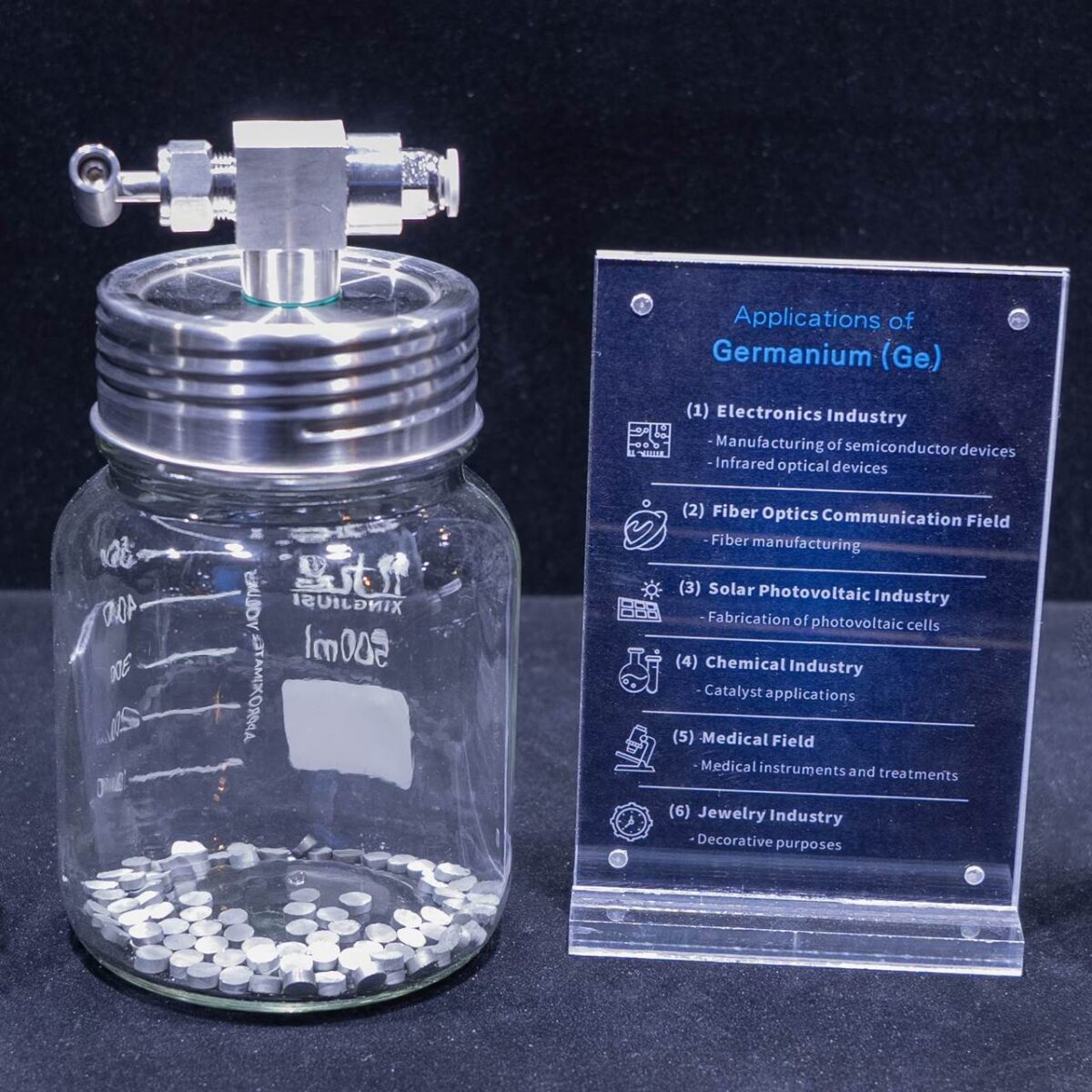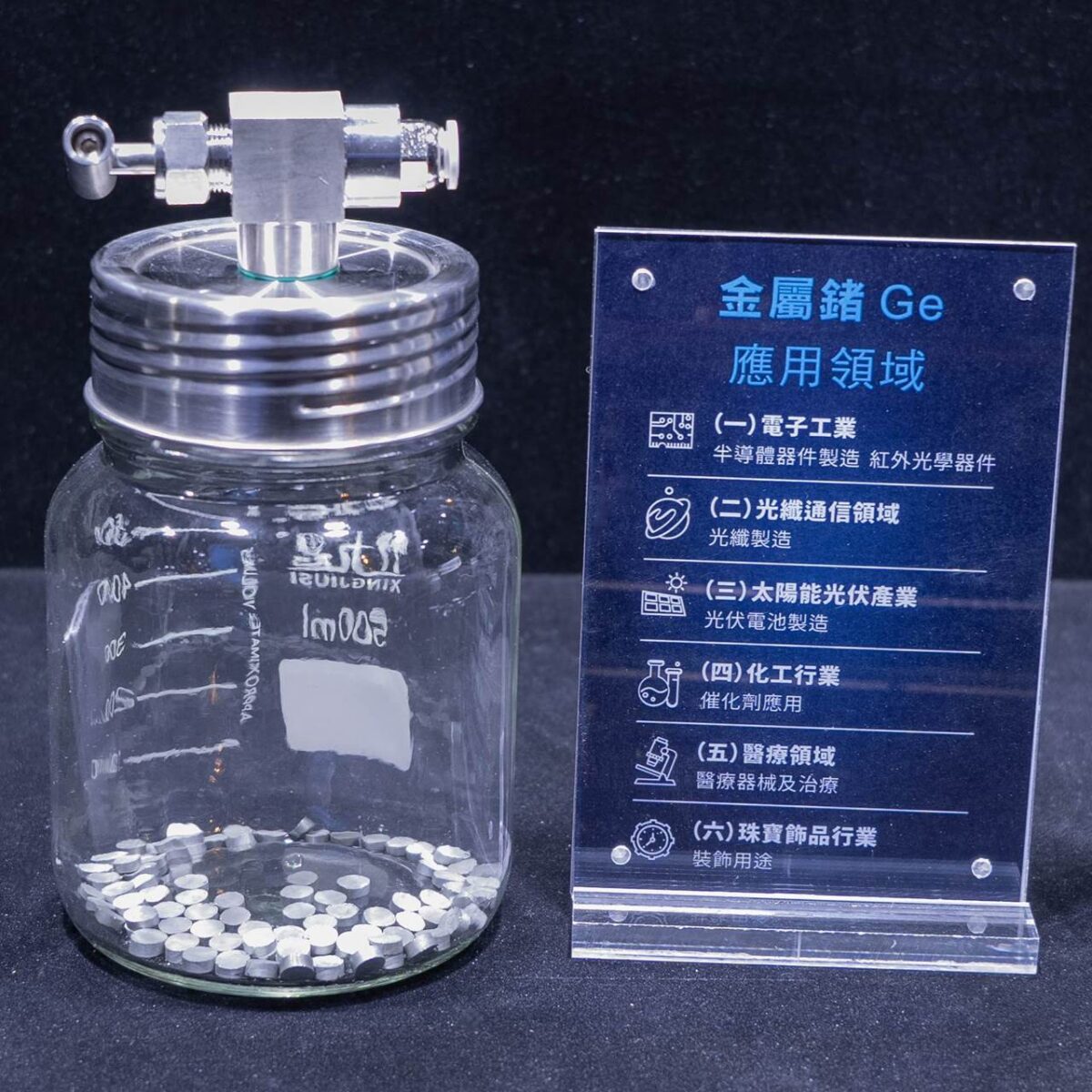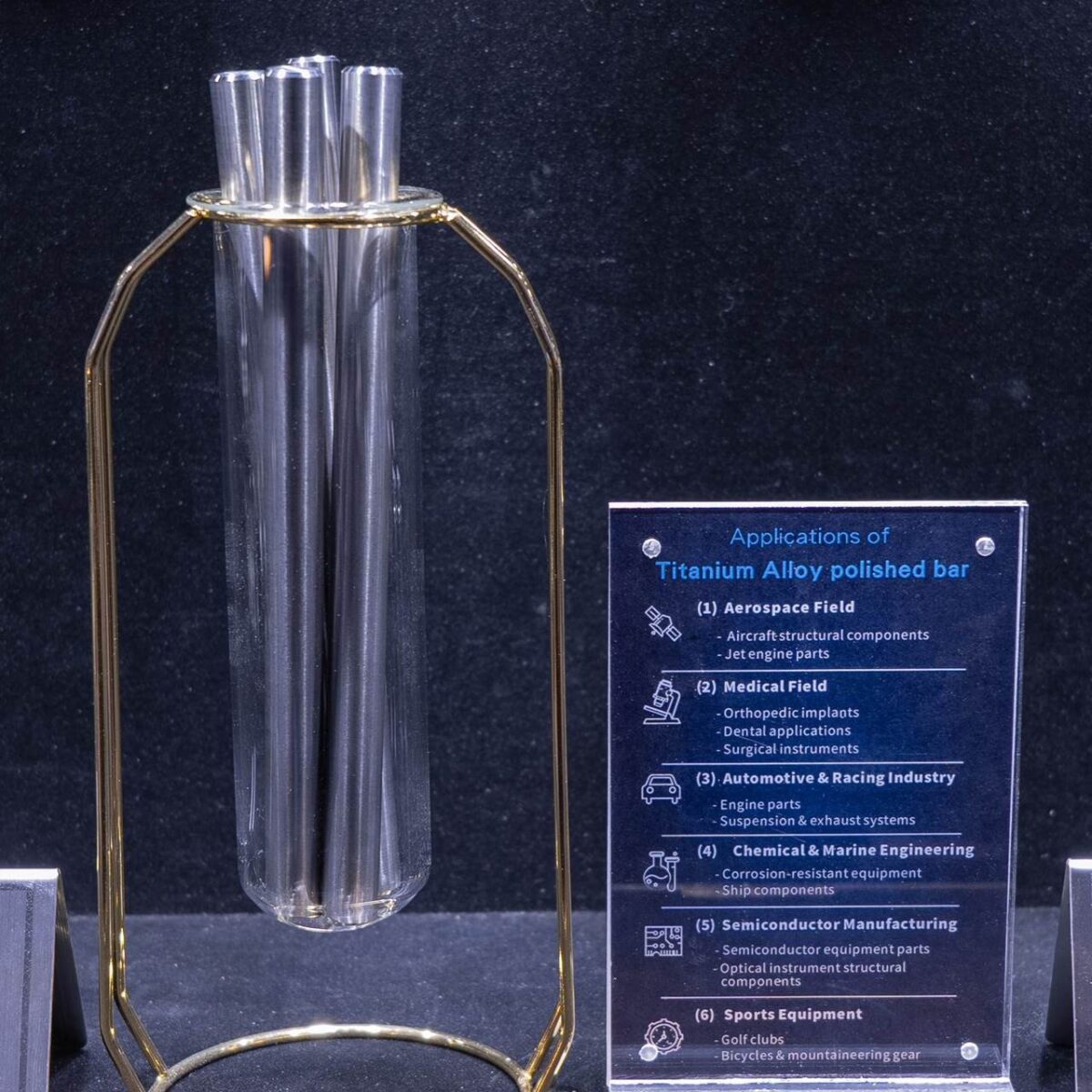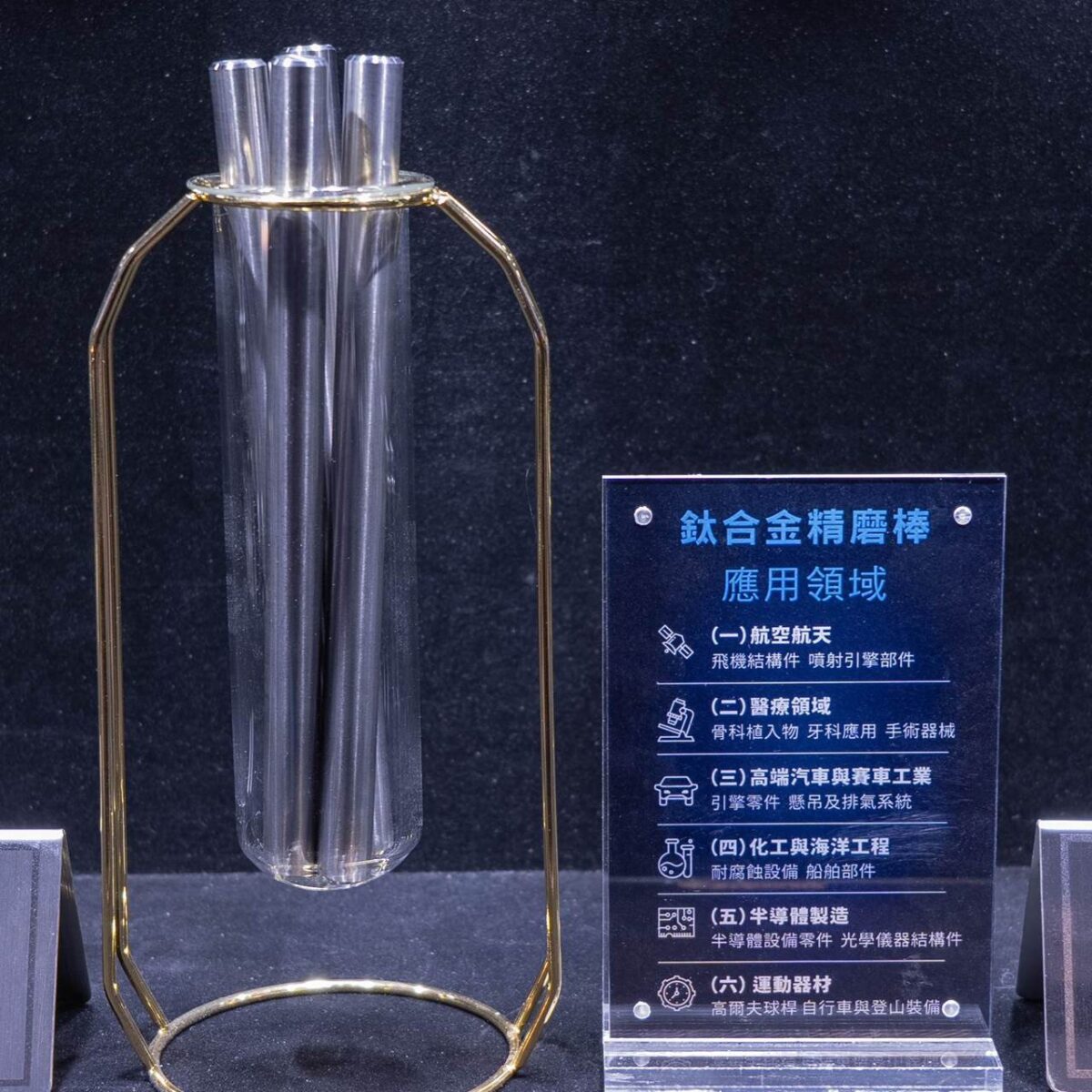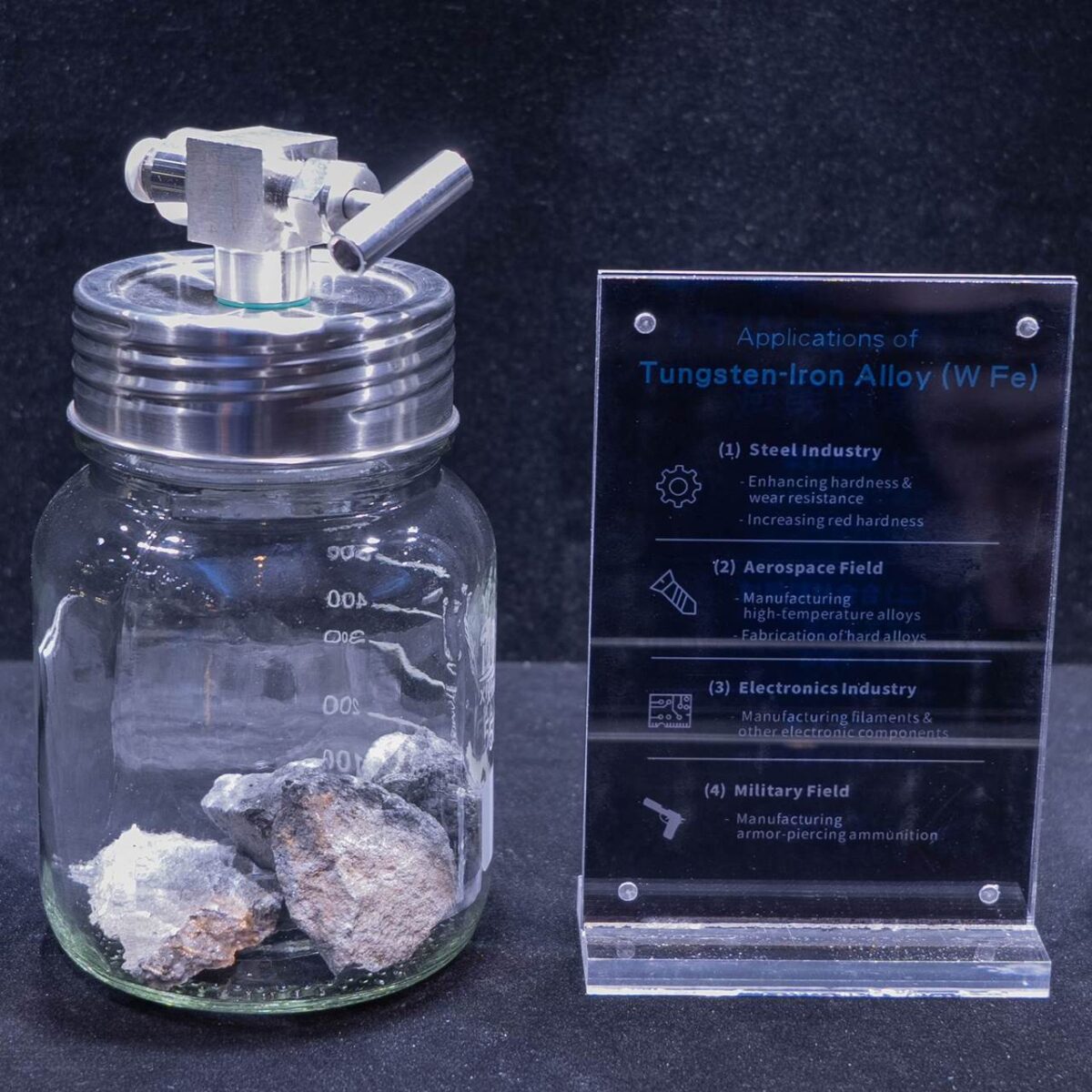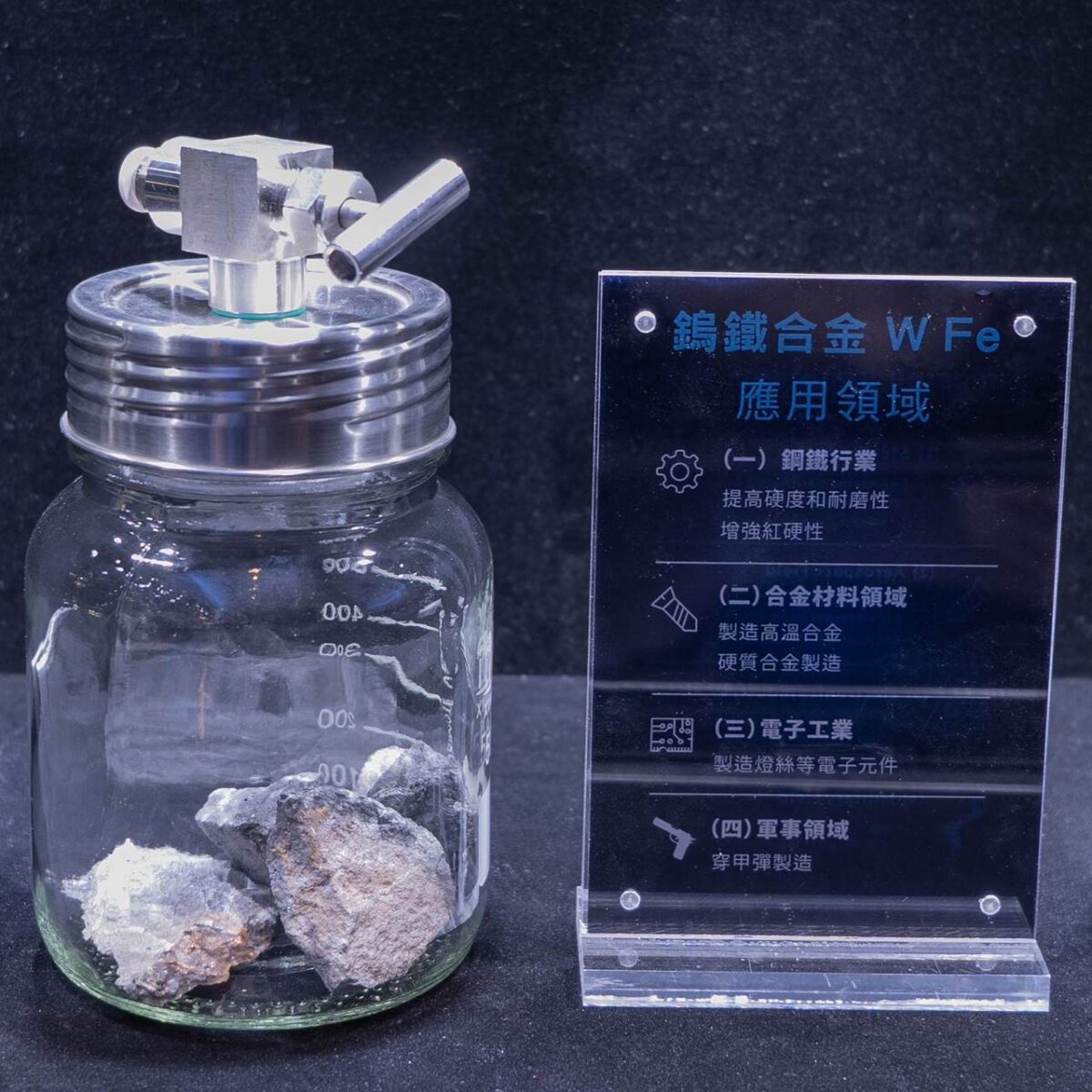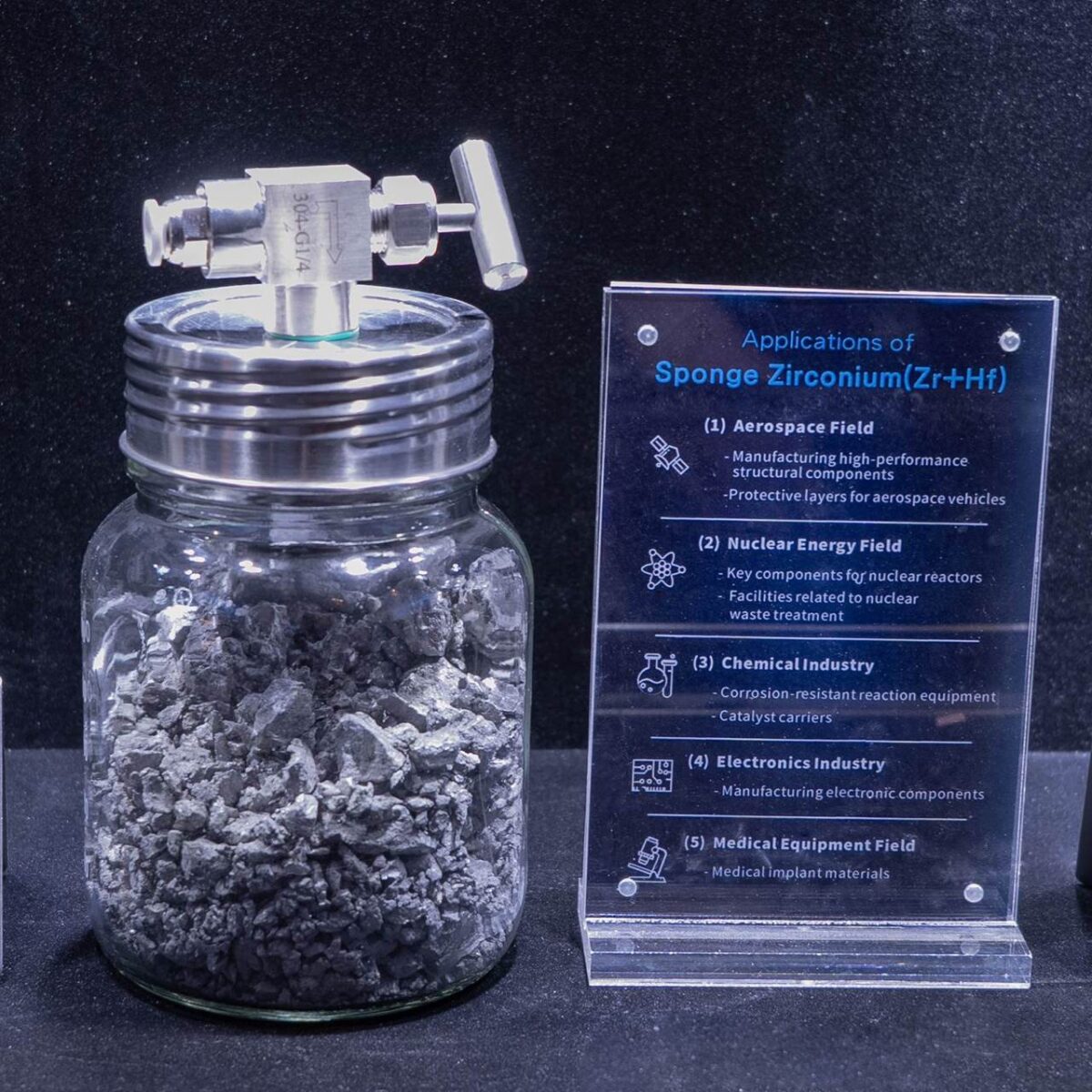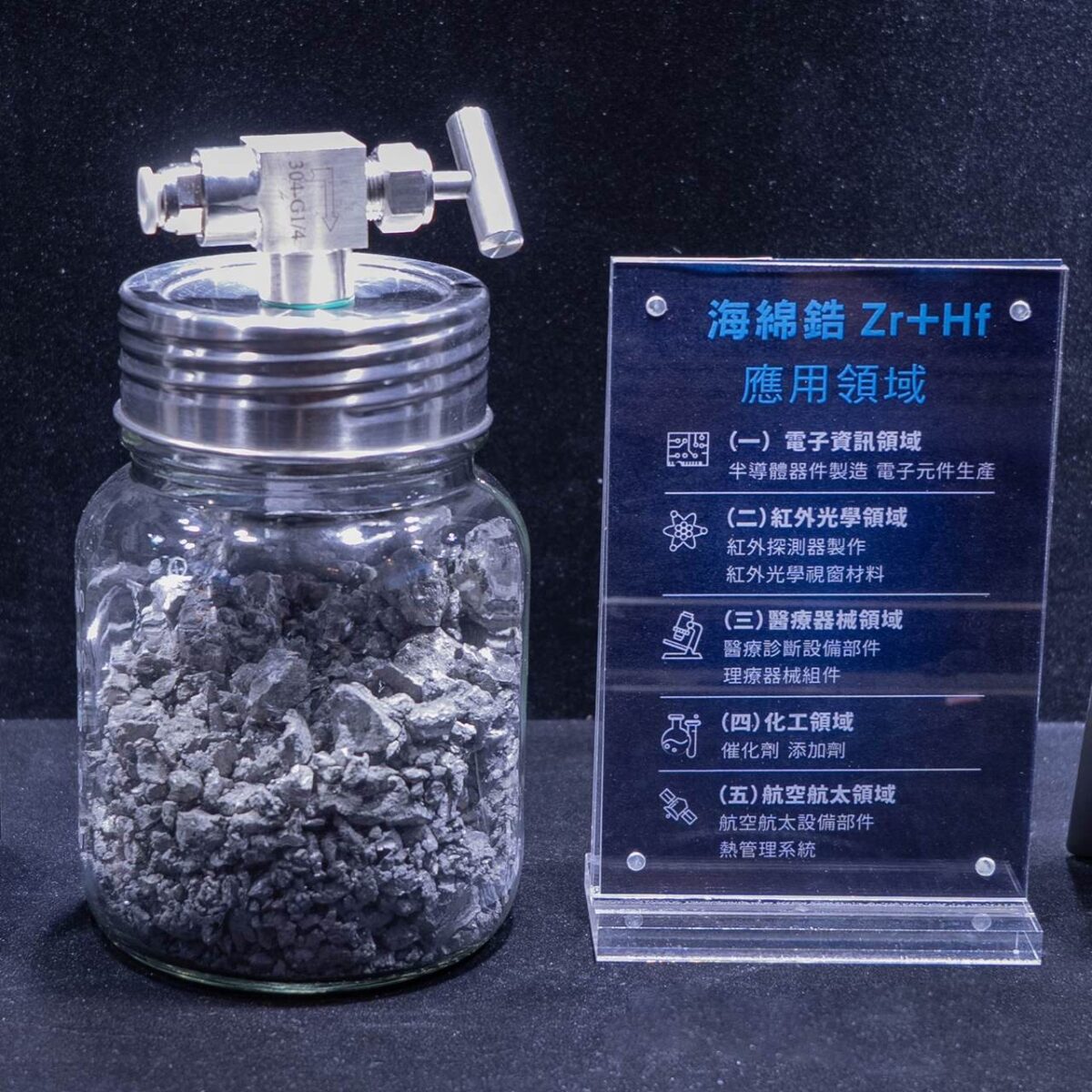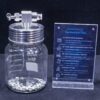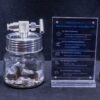Melting and Boiling Points
Zirconium has a high melting point of about 1852°C and an even higher boiling point of 4377°C. This gives it excellent high-temperature resistance, allowing it to maintain a stable physical state in high-temperature environments. This characteristic lays a solid foundation for its use in many high-temperature applications, such as in extreme industrial processing and usage conditions.
Density and Hardness
Zirconium has a density of approximately 6.5 g/cm³ and a moderate hardness, with a Mohs hardness of around 4-5. It possesses adequate mechanical properties, enabling it to withstand external forces during processing and to be shaped through conventional methods such as forging and rolling to meet various industrial production needs.
Ductility and Electrical Conductivity
Zirconium exhibits a certain degree of ductility, allowing it to be processed into various shapes such as thin sheets and fine wires, facilitating subsequent industrial applications. It is also a metallic conductor, although its electrical conductivity is somewhat weaker than that of some common metals like copper and aluminum. However, it can still meet the requirements of industrial applications where high electrical conductivity is not essential.
Oxidation States and Reactivity
Zirconium’s common oxidation state in compounds is +4. It is chemically stable at room temperature and naturally forms a dense oxide layer on its surface, which largely protects the underlying metal from corrosion by air, water, and other common media. However, under special conditions such as high temperature and strong oxidation, zirconium can react with oxygen to form zirconium oxides.
Reaction with Acids and Bases
At room temperature, zirconium is well-resistant to common acids such as hydrochloric and sulfuric acids, with slow reaction rates. However, it can react with strong oxidizing acids like nitric acid and aqua regia. In alkaline solutions, zirconium is relatively stable, but it can be corroded to some extent under extreme conditions such as high temperature and high-concentration alkali.
Nuclear Industry
Key Components in Nuclear Reactors
In nuclear power generation facilities, zirconium is the primary material for manufacturing the cladding of nuclear reactor fuel rods due to its low neutron absorption cross-section, excellent radiation resistance, and superior high-temperature and corrosion resistance. The zirconium alloy cladding effectively seals the nuclear fuel inside, preventing leakage and ensuring the safe and stable operation of the nuclear reactor during long-term use. This is crucial for the safe and reliable operation of the entire nuclear energy system.
Facilities for Nuclear Waste Management
In the storage and treatment of nuclear waste, zirconium materials are also important. For example, zirconium can be used to make corrosion-resistant and radiation-resistant containers or structural components, which help safely manage and dispose of nuclear waste, reducing potential environmental hazards and ensuring that nuclear waste does not leak during long-term storage.
Aerospace Industry
Manufacturing High-Performance Alloys
Components of aerospace vehicles, such as engines and structural parts, need to operate reliably under extreme conditions of high temperature, high pressure, high stress, and complex space environments. As a key alloying element, zirconium is added to nickel-based and titanium-based high-temperature alloys, significantly enhancing the high-temperature strength, creep resistance, oxidation resistance, and fatigue resistance of these alloys. This ensures the normal operation of critical components in harsh environments, safeguarding the flight safety and overall performance of aerospace vehicles and supporting the continuous development of the aerospace industry.
Chemical Industry
Corrosion-Resistant Reactors
Chemical production often involves corrosive media and high-temperature, high-pressure process environments. Leveraging its excellent corrosion resistance (especially to strong acids and bases) and high-temperature stability, zirconium is used to manufacture chemical reactors, heat exchangers, pipes, and other equipment. This ensures the safe, stable, and efficient operation of chemical production processes and is applicable to many chemical fields, such as the chlor-alkali industry and petrochemicals.
Catalyst Supports
In some chemical reactions, zirconium can serve as a catalyst support, loading active metal catalysts onto its porous structure. This enhances the activity, stability, and dispersion of the catalyst, thereby accelerating chemical reaction rates and improving the quality of chemical products. It has good application prospects in processes such as organic synthesis and hydrogenation reactions.
Electronics Industry
Manufacturing Electronic Components
In the production of certain electronic components, such as ceramic capacitors and electron tubes, zirconium can be processed to make electrodes, casings, and other parts. Utilizing its good electrical conductivity, high-temperature resistance, and chemical stability, it helps improve the performance and reliability of electronic components, meeting the demands of the electronics industry for miniaturization and high performance. It is widely used in many electronic products, including smartphones, computers, and communication devices.
Medical Device Field
Medical Implants
Due to its good biocompatibility, mechanical properties, and corrosion resistance, zirconium can be processed and surface-modified for use in manufacturing some medical implants, such as artificial joints and dental implants. It has the potential to provide high-performance and safe medical device products for patients. However, its application in this area is still in the stage of further development and expansion.
Jewelry and Decorations
Decorative Uses
Some compounds of zirconium, such as cubic zirconia, have an appearance and optical properties like diamonds. They are commonly used to make jewelry as a diamond substitute, offering a cost-effective way to create dazzling and attractive ornaments that meet the aesthetic demands of different consumers and are popular in the jewelry market.
Related products
Rare Metals
Rare Metals
Rare Metals
Rare Metals
Rare Metals
Rare Metals

